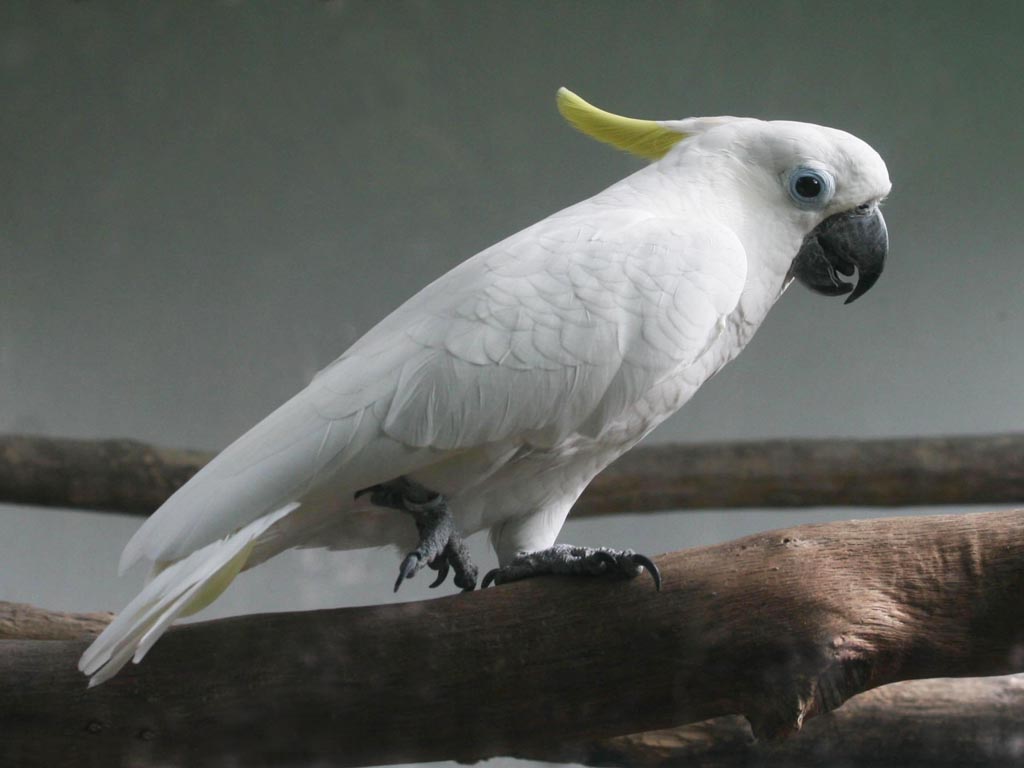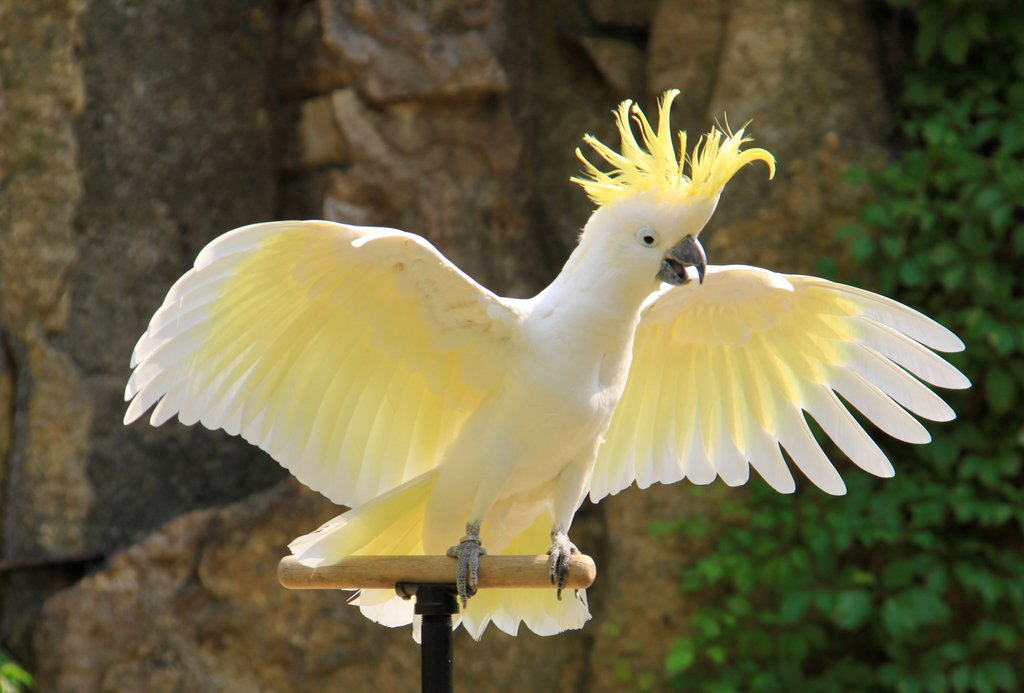

Clip only the primary flight feathers and only enough so the bird will glide to the floor.


Care should be taken not to clip the wing feathers excessively as cockatoos often fall and injure themselves. Birds can be misted and allowed to dry in a warm room or in the sun, or gently dried with a blow drier.
#Cockatoo species skin#
Routine bathing or showering is vital to maintaining good plumage and skin condition. Vitamin supplements are not needed for birds that are eating a formulated diet. Try to ensure that the food that they do eat is nutritious. Juvenile cockatoos are notoriously picky eaters and don’t seem to need much food to maintain. Triton cockatoos are very efficient in utilization of calories. Treats such as seeds, nuts and table foods may be given in small amounts especially as rewards for good behavior. Overfeeding leads to pickiness, wastage and throwing food. If the bird consumes all of his food give additional food as desired. Feed approximately 1/3 cup of formulated diet and 1/3 cup of fresh fruits and vegetables daily. The diet should be supplemented with fresh fruits and vegetables daily to add variety and psychological enrichment. FeedingĬockatoos should be fed a formulated (pelleted or extruded) diet as a basis for good nutrition. Young cockatoos should be socialized to many people and exposed to a variety of situations such as new cages, toys, visits to the veterinarian, handling by friends, wing and nail clips, etc. In order to ensure safety companion cockatoos should not be allowed unsupervised freedom in the home as they often encounter toxins or dangerous items. They should always be provided with toys, blocks of wood or branches that they can chew. They are very destructive if allowed to perch on furniture. Triton cockatoos are playful and inquisitive and they love to chew objects in their surroundings. This behavior is often learned when young birds hear the morning or afternoon screaming of another cockatoo. They are however very vocal and many birds lose their home due to loud screaming. While Tritons will occasionally speak, they are not known for their ability to mimic. The crest is heavier and fuller than other subspecies. They have blue-eye rings and a heavier beak than the medium sulphur-crested cockatoo. The crest feathers spread out and up when the crest is erect. The only other color is yellow on the undersides of the wings. The crest feathers lie flat on the top of the head with the tips curling upward. Tritons are large white cockatoos with recurved yellow crests. Birds often succumb to disease or injury rather than living for their potential life span. Precise data on life span of the average Triton cockatoo is poorly documented. Tritons and other cockatoo species can be very long lived and a few individuals in zoos have lived up to 50 to 60 years. Wild cockatoos feed on fruits, nuts, seeds, berries and insects. They are most active in early morning and late afternoon. Triton cockatoos are found on the island of New Guinea (Papua New Guinea and Irian Jaya, Indonesia) and the west Papuan islands. This possessive behavior can lead to unpredictable or aggressive behavior towards other people especially as the bird reaches sexual maturity. Imprinted cockatoos may become possessive of their owners. If they are deprived of attention, they can become very noisy and destructive or turn to plucking or self-mutilation behavior. Tritons tend to be very demanding of attention. They are excellent companions for those who want a charming, loving bird, but one more active than Moluccans and Umbrellas. Triton cockatoos ( Cacatua galerita triton) are affectionate, playful and highly intelligent birds.


 0 kommentar(er)
0 kommentar(er)
